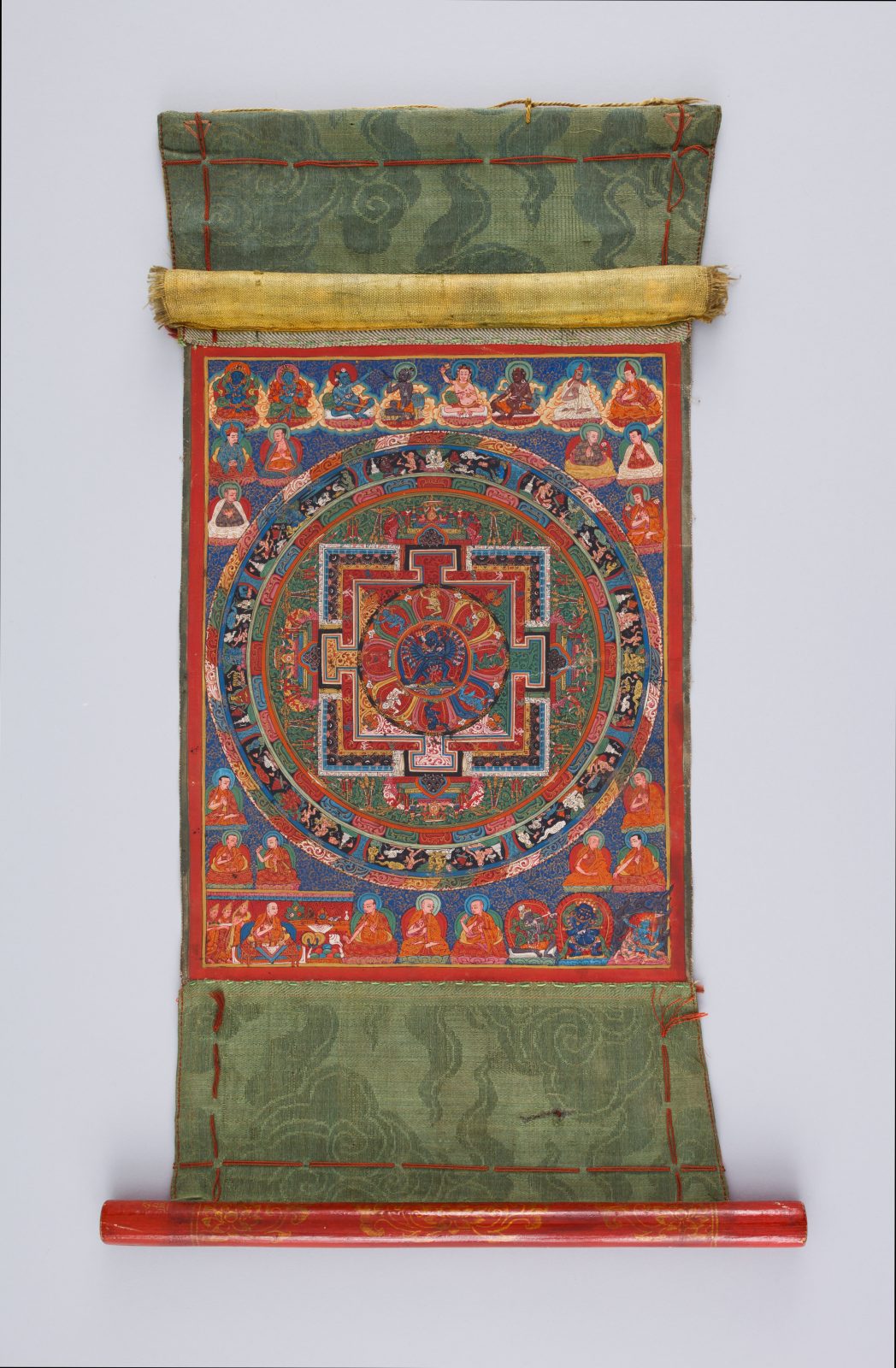Flip SideThe Unseen in Tibetan Art
Rubin Museum
150 W. 17th St., NYC

The texts and images on the back of Tibetan art objects reveal clues to their meaning, function, and historical context. For the first time ever both sides of a select group of scroll paintings (thangkas), sculptures, and initiation cards are explored in detail. Chosen for the beauty, exceptional content, and complexity of their backs, these works of art dating from the 13th to the 19th century illuminate the many uses of the other side in Tibetan culture.
